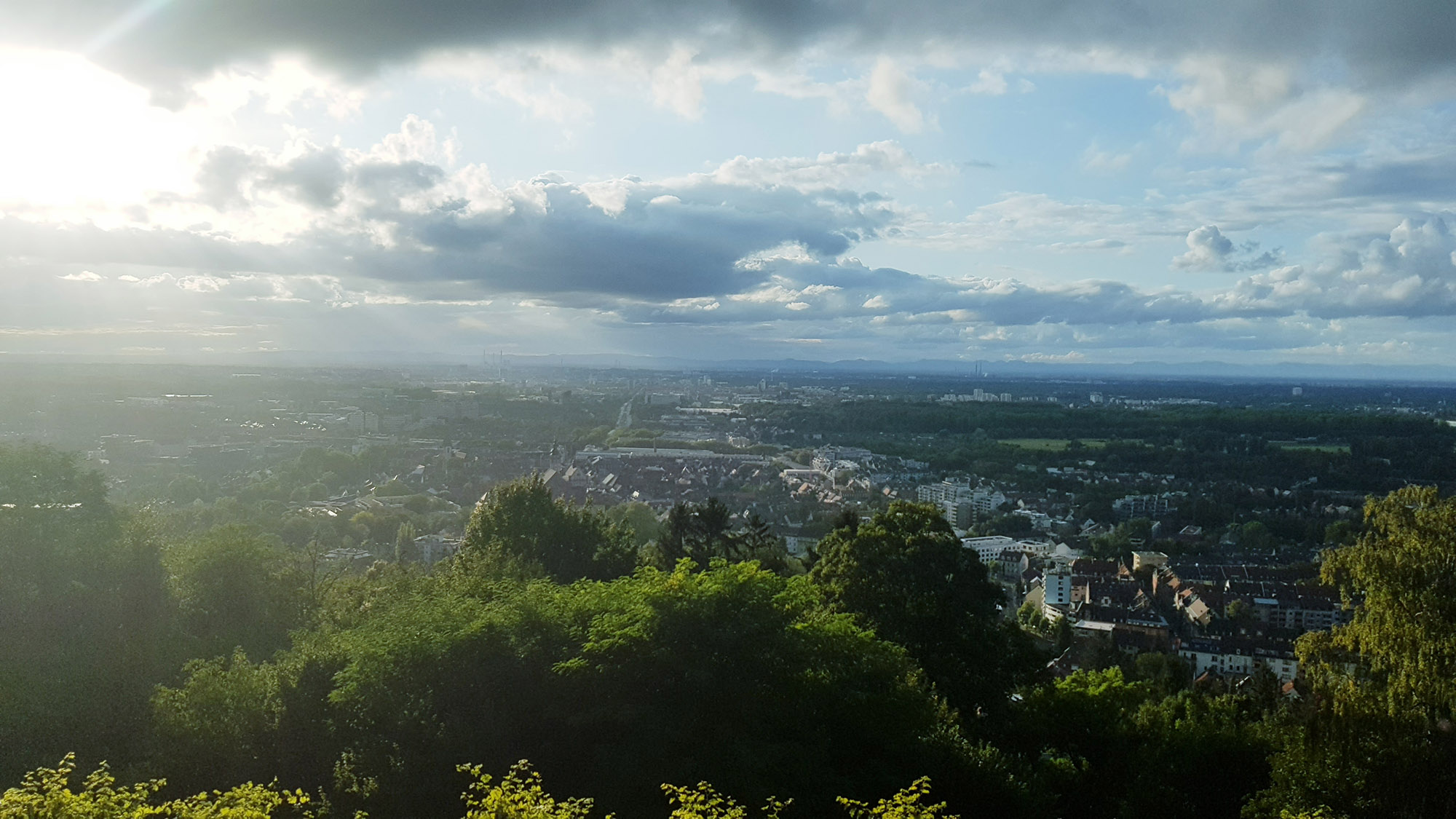Climate and Environment
Living conditions on Earth are changing as profoundly as never before: Change of climate and the environment, demographic, technical, and economic developments affect the availability and quality of air, water, and food. KIT develops strategies and technologies to preserve our natural basis of life. It is not only aimed at eliminating the causes of environmental problems, but increasingly at adapting society and the environment to changing conditions.
Research Focus
Atmospheric Change and Future Cities
![]()
Climate change is reshaping our atmosphere and creating new challenges for humanity. In the 21st century, cities are at the heart of efforts to protect the climate and adapt to its impacts. According to the United Nations’ World Urbanization Prospects report, by 2025 about 81 percent of the global population will live in urban areas – and this trend is expected to continue. At the same time, cities account for roughly 70 percent of global CO₂ emissions, one of the main drivers of climate change.
At KIT, we bring together cutting-edge atmospheric research with comprehensive studies on urban development and transformation. We explore how atmospheric processes – from trace gases and aerosols to clouds, radiation, and extreme weather events – are evolving in the context of global change. At the same time, we examine how cities can become more resilient, sustainable, and livable: from urban planning and green construction to climate adaptation, ecosystem management, mobility solutions, and social risk perception. Together with local authorities, we develop practical strategies to address heat, air quality, extreme events, and urban transformation.
With Atmospheric Change and Future Cities, KIT offers a unique research environment where deep expertise in atmospheric and climate science meets innovative urban research.
AI World Model for a Better Understanding of Climate Change
Climate change calls for models that can capture both global climate and weather systems as well as local impacts. Through its project “WOW – A World Model of Our World,” KIT is building an AI-driven world model that connects specialized submodels using shared latent data spaces. This approach makes it possible to map complex Earth system interactions and assess climate risks with greater accuracy. The Carl Zeiss Foundation funds the project with EUR 6 million.
Strengthening Municipal Climate Protection
The critical issue of climate protection is gaining increasing attention at the local level. In 2023, the state of Baden-Württemberg enacted a comprehensive climate protection law designed, among other goals, to cut greenhouse gas emissions within municipalities. Responding to requests from local governments, KIT launched a collaborative project to offer scientific guidance and support for implementing climate protection measures.
Inclusive, Affordable, and Sustainable Living
The European PREFIGURE project is exploring ways to combine affordable housing, energy efficiency, and social participation. Seven case studies are co-creating 'prototypes of change' to test innovative housing and energy solutions. The goal is to create fair, sustainable, and scalable models for future housing. The European Union is providing about EUR 2.8 million in funding.
Sustainable Water Management in Cities
Urban areas have high demands for the sustainable use and protection of groundwater. The CHARMANT research project, funded by the German Federal Ministry of Research, Technology and Space, is developing a holistic approach that integrates thermohydraulic, chemical, and biological processes. Automated monitoring and active citizen engagement help build resilient and sustainable urban water management systems.



